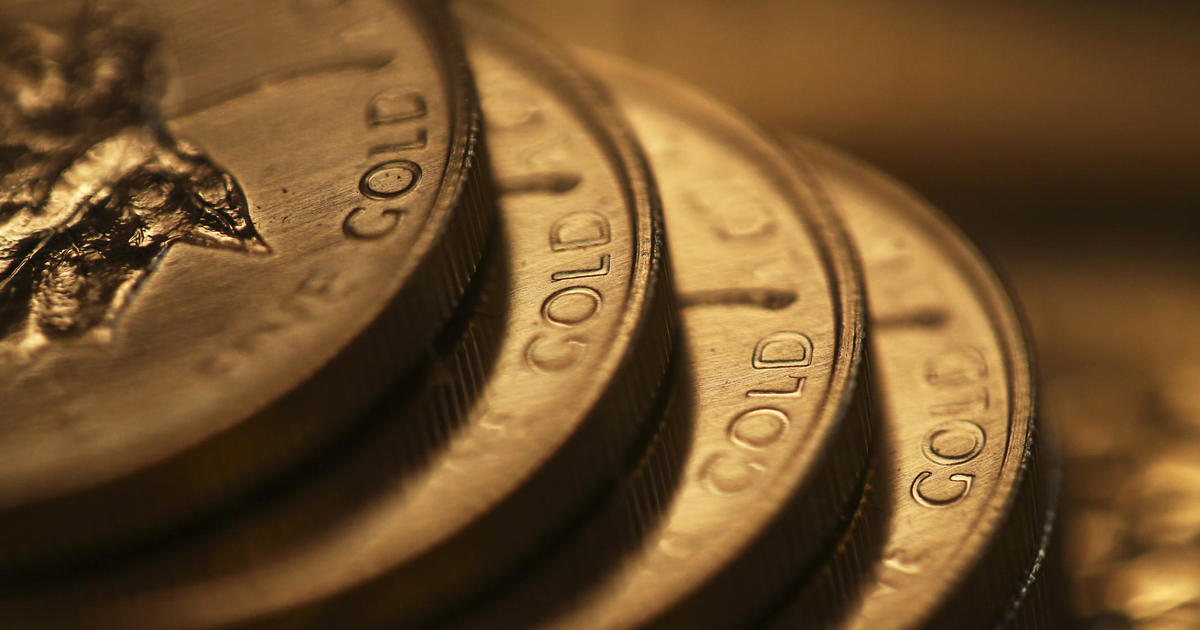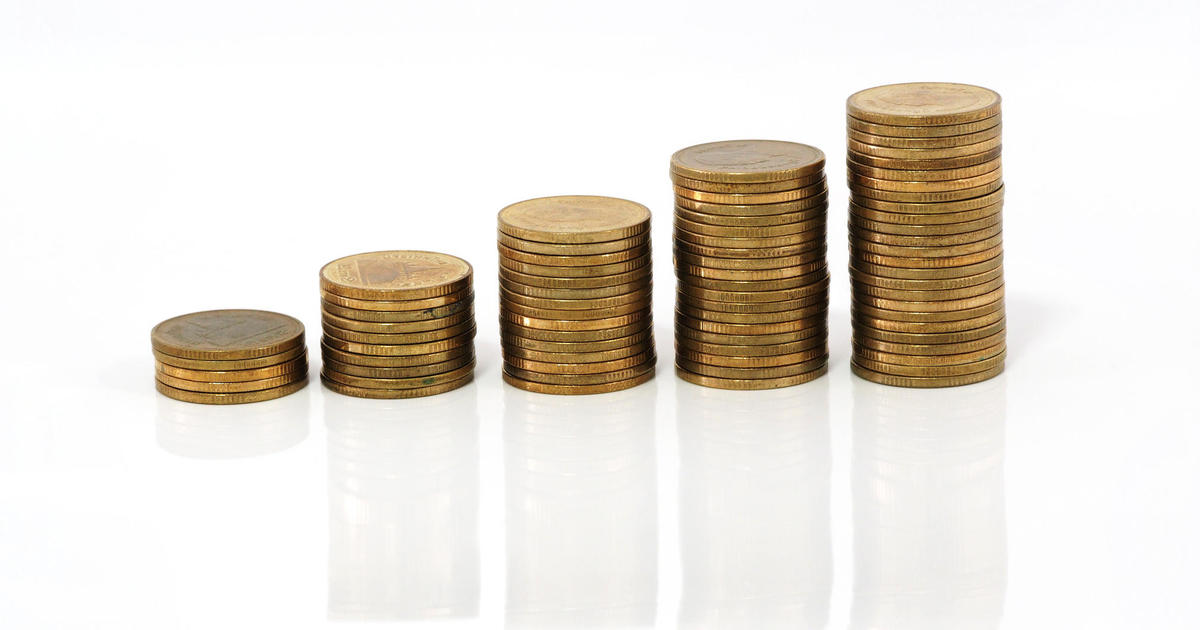Is recession looming? Wall Street sends mixed signals
U.S. stock markets have done their best to put on a brave face in recent days as investors bought heavily during intraday declines. That has kept the Dow Jones Industrials and S&P 500 indexes near their recent record highs.
But in less-watched areas of the market, weakness is manifesting. Small-cap stocks in the Russell 2000 have declined to levels not seen since late September. A growing number of large-cap stocks are testing new lows. And stress is beginning to appear, especially in fixed income, where high-yield bonds have fallen to their August lows, resulting in canceled bond issuances, asset outflows and higher yields as prices decline (because bond yields and prices move in opposite directions).
But what's happening in the Treasury bond market is the most concerning: The "yield curve" -- the difference between short-term and long-term interest rates -- has dropped to lows last hit in 2007.
Historically, an "inverted yield curve" has been a strong signal of an economic recession. That is, when short-term rates rise above long-term rates. Right now, another 1 percent increase in short-term rates would invert the curve. That could happen sometime in the second half of 2018, given the Federal Reserve's current pace of interest rate hikes.
The team at Capital Economics doesn't expect the yield curve to invert -- and thus send a pre-recession signal -- until the beginning of 2019, after the Fed raises its policy rate target to a range of 2.5 percent to 2.75 percent.
While that timing is somewhat hazy, the takeaway is clear: The US is inching closer to a new recession. At least, that's the message the bond market seems to be sending.
Joseph LaVorgna at Natixis disagrees, citing a few less-dire reasons this could be happening:
For one, inflation remains tepid and thus keeps upward pressure off long-term Treasury yields (which would need to rise to compensate investors for the loss of purchasing power due to inflation).
Two, US long-term rates are relatively high compared to many other developed countries (parts of Europe have negative rates right now). The 10-year T-bond yield is about 2.4 percentage points higher than the Japanese government bond equivalent. That should keep rates from drifting up too far, even if investors think economic growth and inflation are set to rise.
Three, the Fed isn't expected to raise interest rates much further from here. The central bankers' latest projection of the long run, or "natural," interest rates was lowered to just 2.3 percent -- a 1.1 percent increase from here.
Here are some key factors to watch in the weeks to come: Will inflation in fact rebound (and producer price inflation did rise smartly last month)? Will corporate earnings growth remain strong? And will the Atlanta Fed's GDPNow estimate of fourth-quarter growth hold near the 3.3 percent currently penciled in?
If those conditions hold up, long-term interest rates should drift higher, thus canceling the yield curve warning. That's a big "if," of course, but it also shows nothing is preordained.




